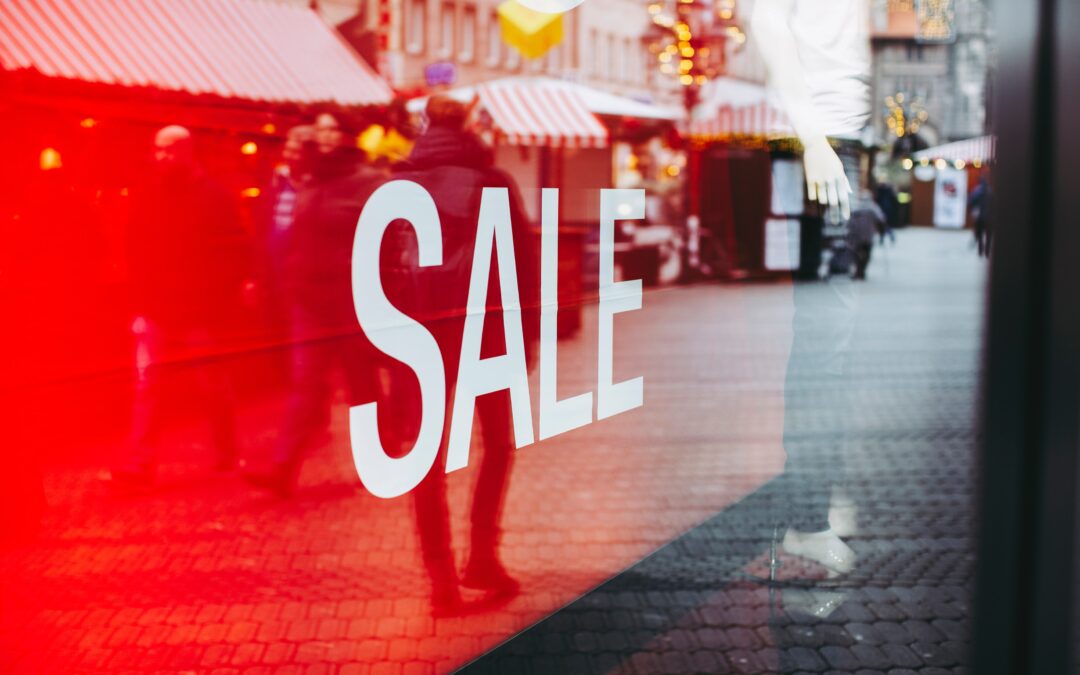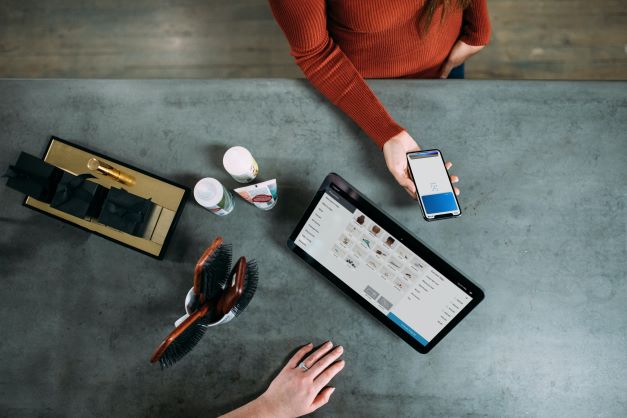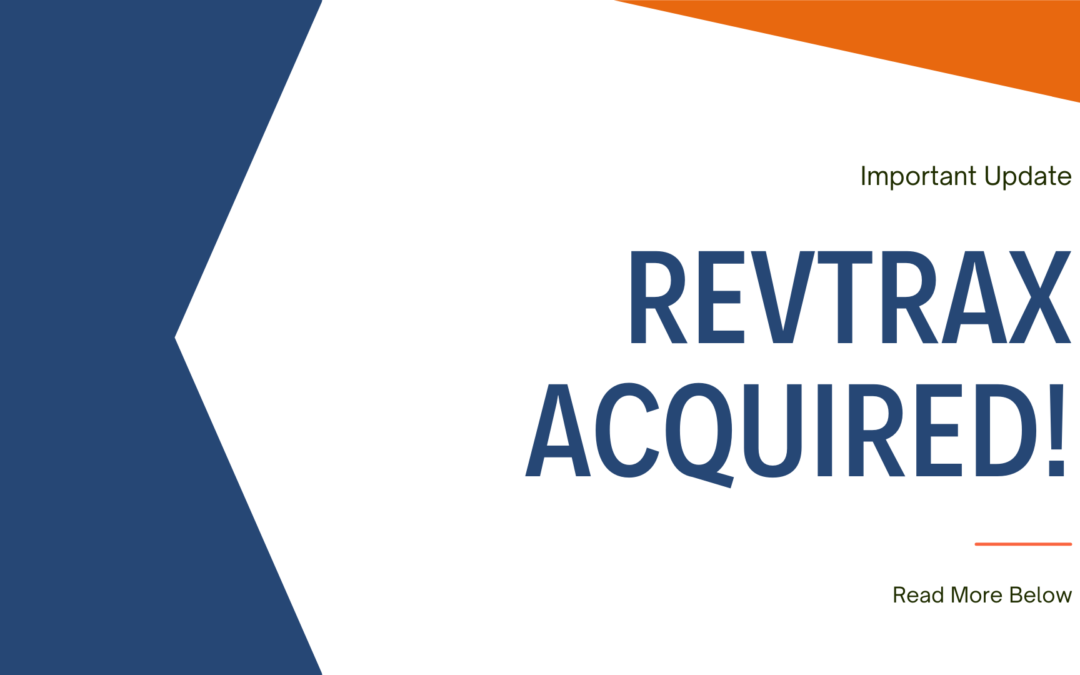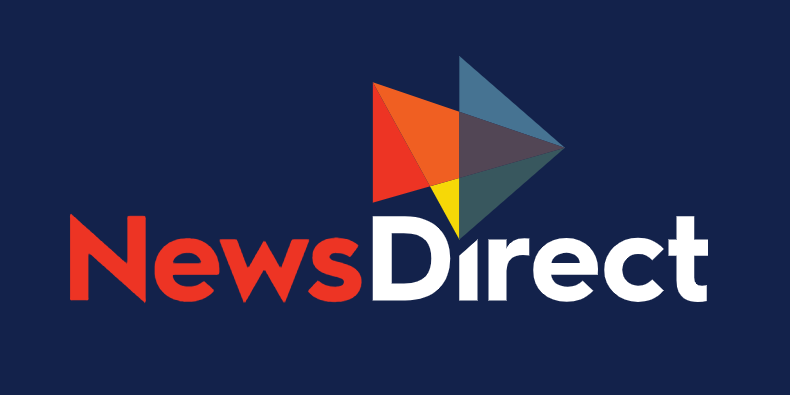In a time when social media users are expected to top 3 billion in the next three years, its increasingly imperative for Consumer Packaged Goods (CPG) brands to utilize effective social sharing strategies. A recent study shows that 76% of all shopping trips begin online with many consumers comparing prices and researching products on smartphones while in the aisles. Consumers use social media to find out about products and services, receive exclusive offers, promotions or discounts, and rate or review products and services.
Learn how to attract new audiences with digital offers: Download the noosa case study
The 2K17 Valassis Coupon Intelligence Report showed that the use of paperless coupons and discounts increased from 2016 to 2017, with a 13% increase in the use of social media to search for coupons year over year. The study also found that shoppers are influenced to make purchase decisions by digital incentives all along the path-to-purchase; from making lists before leaving home, to physically traveling to the store, and on-site, shopping inside the store.
However, progress to an effective online marketing strategy has been slow, particularly in harnessing the power of social media and social sharing to market consumer goods. Duke University conducted a survey of CMOs in the CPG industry that showed a prevalent belief that social media had done little to contribute to company performance, with respondents rating social media activities a 3 out of 7 in perceived effectiveness. In the same study, marketing officers at CPG brands universally rated mobile marketing as performing poorly in attracting, engaging, and retaining customers, as well as improving CPG sales and delivering the brand message.
With so many CPG purchases beginning online, what can be done to improve the success of brand marketing using social media?
1. Digital offers optimized for social media sharing
A digital offer can be an effective way to engage current customers and introduce potential customers to a particular brand. However, an effective marketing plan that uses digital promotions must be refined for social media. To optimize digital coupons for social media, marketers must:
- Set a clear goal. What do you hope to gain from this particular marketing plan? Get new customers, engage existing customers, or increase overall sales?
- Make a compelling offer. A coupon must be significant enough to encourage usage and set within a time frame that motivates the customer.
- Be creative. To engage social media users, provide offers that are creative, either visually or verbally; attracting the attention of the target audience while encouraging sharing among social groups.
- Include tracking strategy. A strategy for monitoring the success of the campaign should be set from the beginning so that marketing ROI may be determined.
2. Personalization
A recent study showed that 39% of shoppers would spend more if they receive a personalized coupon. Millennials, in particular prefer to receive a customized offer rather than standard, off-the-box copy. Personalization could take many forms, including:
- Exclusive incentives to partners. For example, provide special discounts for customers who share the offer on social media, or build a customer loyalty program targeted at engaging existing customers.
- A fun, or quirky theme. Social media has evolved into an informal, often entertaining method of communication between people, breaking down social and geographic barriers. Taking advantage of the opportunity to connect with customers on a fun, funny, or entertaining level can provide a new type of engagement with existing and potential consumers.
- Engage influencers. Research from Twitter shows that 40% of Twitter users say that they have made a purchasing decision based on a recommendation from an influencer. Influencer marketing has a broad appeal that can result in actual sales; however, it must be carefully calibrated to align with the overall marketing strategy for the brand.
3. Share your product, don’t sell it
Creating an engaging customer experience using online media requires different tactics than a traditional marketing program. While a social media campaign will often coincide with a paid marketing program across many different channels and must represent the brand consistently, the most effective social marketing campaigns are those that engage the customer with a brand without a hard sell.
For example, the Lay’s ‘Do Us a Flavor’ campaign has run annually since 2012. Members of the public submit ideas for a limited-run specialty flavor, votes are calibrated across social media platforms including Facebook, Twitter, and Instagram, and the winner receives a million dollar prize. This campaign, while not directly selling the product, has resulted in a six-point increase in buzz scores for 18-34-year-olds, and a 4% increase in purchase intent. The first specialty flavor, Cheesy Garlic Bread, drove an 8% sales increase for Lay’s in the first three months it was available.
4. Incentivize sharing
- Offer an exclusive. Special, limited-run products or benefits can be made available only to those consumers that meet a minimum number of social media shares.
- Identify and reward top-tier customers. The most engaged customers, active in the social media campaign as measured by shares, can be rewarded with recognition, awards, benefits and more.
- Improve the digital offer based on shares. Giving every consumer the opportunity to share a digital offer inspires them to build their community of potential customers. When customers share the offer a certain number of times, it can be increased incrementally, providing every viewer with an incentive to share the offer in an ever-widening social circle, so that the campaign reaches a greater audience.
5. Identify the correct platform
Most social media users have a preferred method of interaction. Some prefer Twitter to Facebook, others Instagram to Snapchat. Define your target audience, and select the platform best suited to engage or attract that target.
For example, 26% of the world’s total population uses Facebook; with 240 million users in the United States. However, 32% of teenagers consider Instagram to be the most important social media platform, while 81% of millennials check Twitter at least once per day.
Defining the target audience can help identify the correct platform for a marketing campaign, and the platform can help to determine the tone and strategy of the campaign as well.
Selecting a partner like RevTrax can help CPG brands to harness the power of social media to enhance marketing strategies. With RevTrax, a brand can issue smart offers that are personalized with serialized barcodes so that data is gathered on each step of the consumer path-to-purchase. That data can be analyzed in a number of different ways that allow a business to not only measure the effectiveness of a current campaign, but use data insights to optimize future CPG marketing campaigns as well.
Learn how to get the most out of your digital CPG promotions — download the noosa case study and see smart consumer insights at work.





